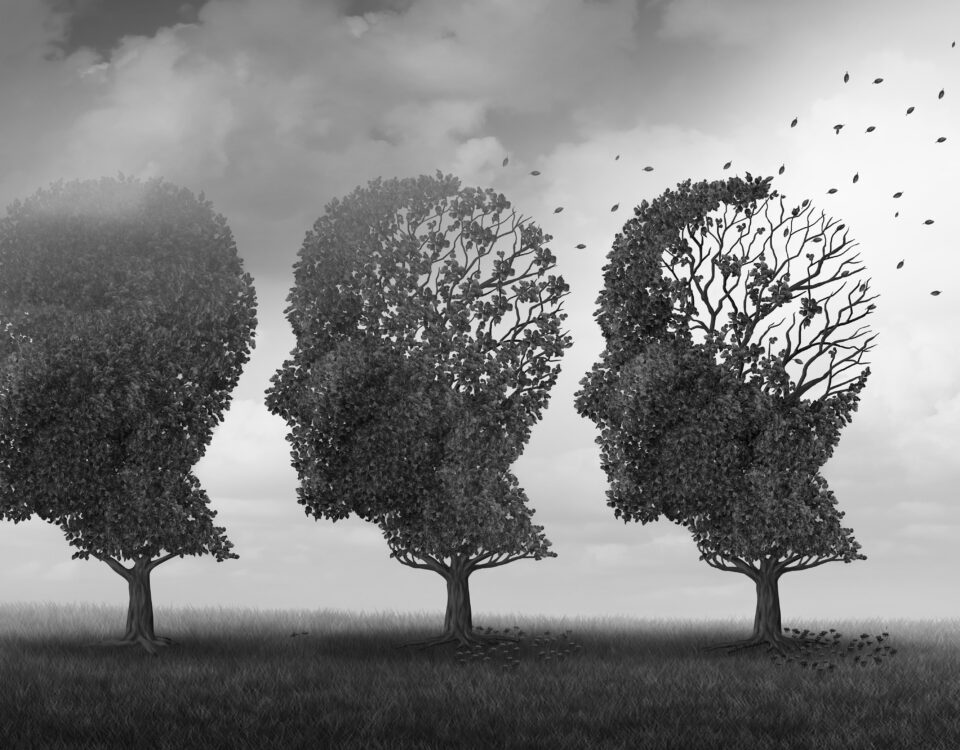
Have a Healthy New Year—Tips for Budgeting Health Expenses
December 18, 2024
Safety in the Sun
December 18, 2024PTSD is widely misunderstood. In honor of military appreciation month, we’re debunking damaging myths about this mental health issue.
What is PTSD?
There are a lot of myths and misconceptions surrounding the condition. According to The American Psychiatric Association, posttraumatic stress disorder “is a psychiatric disorder that can occur in people who have experienced or witnessed a traumatic event.”
It can happen in anyone of any age, nationality, race, gender and background. PTSD is often associated with soldiers. War/combat is a stressful and traumatic event that can leave soldiers with PTSD, but PTSD happens for many other reasons too, including (but not limited to) natural disaster, childhood trauma, rape, violent personal assault and serious accidents.
According to The American Psychiatric Association, there are four categories of PTSD symptoms. Symptoms vary in severity for each person and include:
Intrusive thoughts such as repeated, involuntary memories; distressing dreams; or flashbacks of the traumatic event. Flashbacks may be so vivid that people feel they are re-living the traumatic experience or seeing it before their eyes.
Avoiding reminders of the traumatic event may include avoiding people, places, activities, objects and situations that bring on distressing memories. People may try to avoid remembering or thinking about the traumatic event. They may resist talking about what happened or how they feel about it.
Negative thoughts and feelings may include ongoing and distorted beliefs about oneself or others (e.g., “I am bad,” “No one can be trusted”); ongoing fear, horror, anger, guilt or shame; much less interest in activities previously enjoyed; or feeling detached or estranged from others.
Arousal and reactive symptoms may include being irritable and having angry outbursts; behaving recklessly or in a self-destructive way; being easily startled; or having problems concentrating or sleeping.
PTSD does not occur in every person that has been through a traumatic event. Normally, a person who has been through a traumatic event will display symptoms similar to PTSD directly after the event, but these symptoms will go away after a month or so. Someone suffering from PTSD will have “intense, disturbing thoughts and feelings related to their experience that last long after the traumatic event has ended.”
PTSD is not a sign of weakness. There is no way for someone with PTSD to “try harder” or “just get over it.” Reaching out for help is a positive step towards healing.
Harmful stereotypes and myths associated with PTSD create a stigma and make it more difficult for people with PTSD to seek out help and support. Avoid these assumptions.
Violent/dangerous
This trope is oft repeated in movies and television shows. Usually, it involves someone with PTSD having a flashback and, not realizing they are no longer at war, violently lashing out at anyone nearby.
This stereotype is false. Psychosis and aggression are not symptoms of PTSD. PTSD does not cause people to be more aggressive and violent than they were before PTSD.
Something is wrong/just try harder
It’s easy to think that there is “something wrong” with people with PTSD. But, there is nothing wrong with someone healing from PTSD any more than there is something wrong with someone healing from a broken leg. While symptoms of PTSD signal an issue that needs treatment, it does not mean there is anything wrong with the person themselves that they can fix by trying harder.
Being “Mentally Strong” will fix PTSD
PTSD is a psychiatric disorder. Being mentally strong has no bearing on curing PTSD. However, there are treatments for PTSD that are research-proven and help people recover. Seeking treatment does not make someone mentally weak, treatment aids the healing process.
For reliable resources on PTSD, check out The American Psychiatric Association and the National Center for PTSD.




